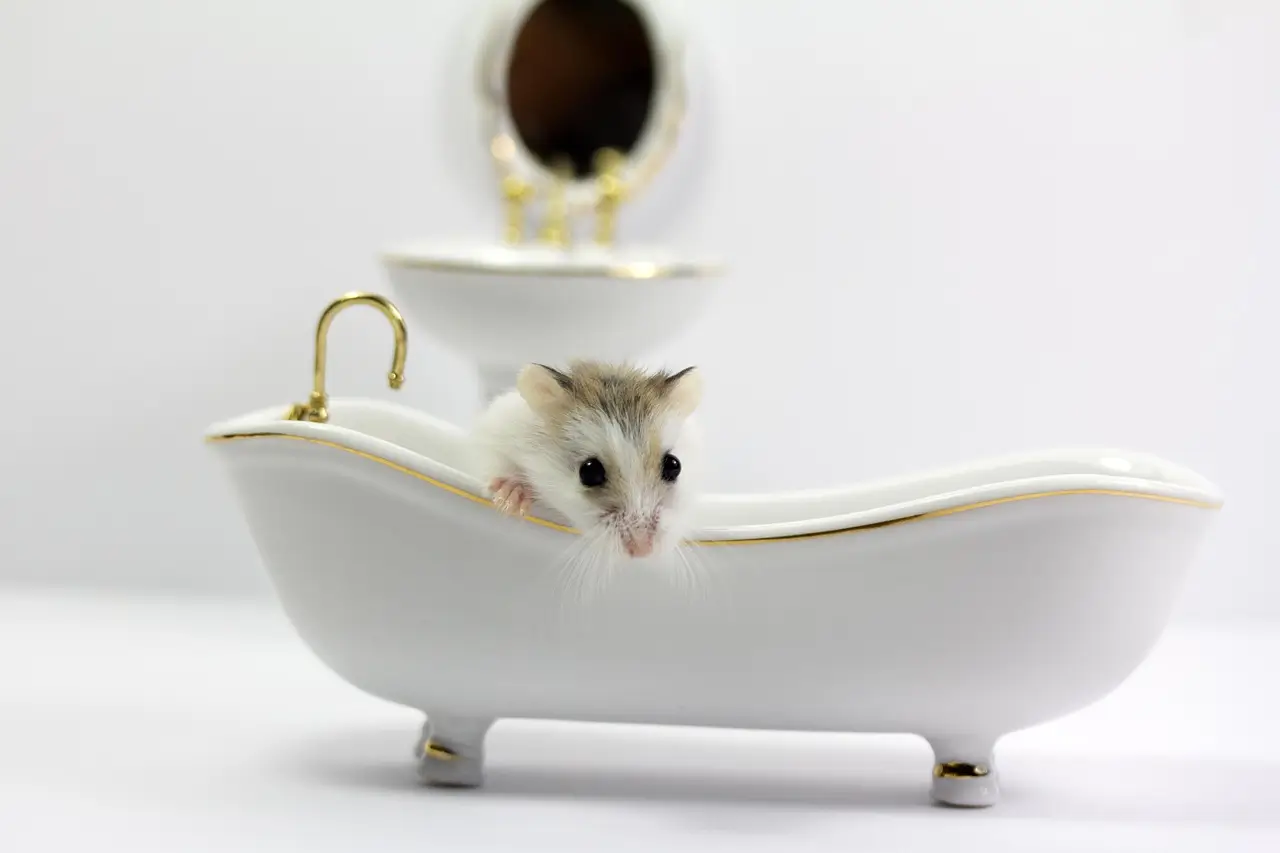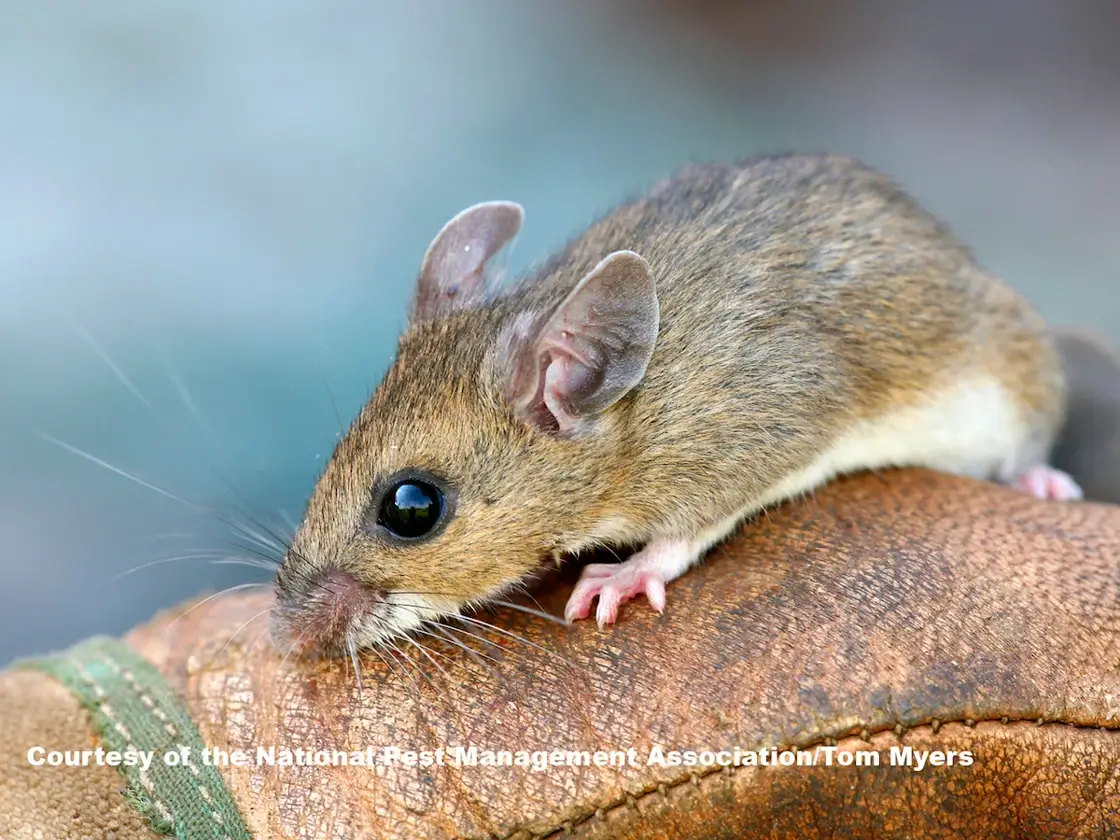Mice Treatments and More
Protect Your Property from Mice with Safe, Effective, and Tailored Solutions. With Aetna Pest Control, Rest Assured that Your Mice Will Be Gone. Safely.
Request a Quote
"*" indicates required fields

Common Mouse Hotspots

Infestation Prevention

Signs of a Mouse Infestation
Signs of mouse activity include small, dark, rice-shaped pellets of droppings near food or nesting areas, gnaw marks on wires, pipes, or wooden structures, grease smudges along walls from repeated travel, and scratching noises in walls or ceilings at night. Outdoors, they hide in garages, sheds, woodpiles, and dense vegetation. They’re also drawn to waste bins, cluttered storage areas, and pantries with unsealed food.

Difference between a House Mouse and a Deer Mouse
The House mouse is typically gray or light brown, with a uniformly colored body. While Deer mouse have a distinct white underbelly and white feet, contrasting with a brown or grayish upper body. House mice are typically opportunistic eaters and will venture to find sources of food. Deer mice in contrast will try to gather and store food. Deer mice are not as common in urban environments, often coming from forests, fields, and garbage piles.

Points of Entry Into your Home
Potential mice entry points include cracks in foundations or roofs, gaps surrounding utility lines, vents, and doors, as well as damaged sewer and drainage systems. Trees and shrubs whose branches are making contact with the property acts as a bridge between the outside and inside of the property. Securing openings into the home and regular maintenance of outdoor vegetation goes a long way to reducing the opportunities of an infestation.
Mice Q & A
See some common questions below for some information that can help with your mice infestation
Mice seek food, water, and shelter. They’re drawn to unsecured trash, food wastes, compost piles, and cluttered spaces like attics or basements as it gives them the whole setup of having a safe environment near sources of food and water.
While rodent baits can effectively reduce populations, their placement requires careful consideration. Most mice species are explorative and curious, which makes it easier to bait and trap them. Tamper-proof bait stations are safest, ensuring the bait remains secure and cannot be carried away. In cases of severe infestations, professionals employ targeted methods to minimize risks and ensure effective control.
Mouse prevention requires sealing all entry points with caulking or metal flashing to block access, maintaining clean and clutter-free indoor and outdoor areas to reduce hiding places, and storing firewood and debris away from your home’s foundation to eliminate potential nesting sites.
Mice often invade homes in fall/winter for warmth in search of food and shelter. However, they’re active year-round and breed rapidly in warmer months.
Yes, overgrown trees and shrubs, woodpiles, and unsecured compost bins provide shelter. Keep vegetation trimmed and minimize contact with the foundation of the house as these can become bridges for entry into your property.
Rodent treatments are generally safe for children and pets. These experts use approved products and adhere to strict safety protocols. To ensure maximum safety, all stations are tamper proof so that children and pets cannot gain access